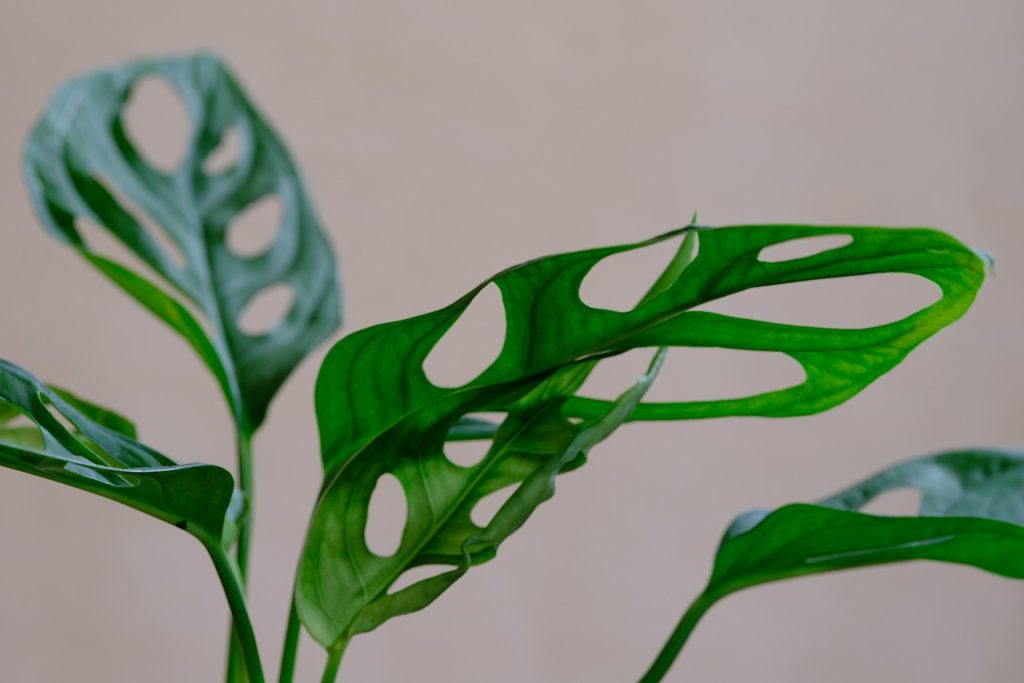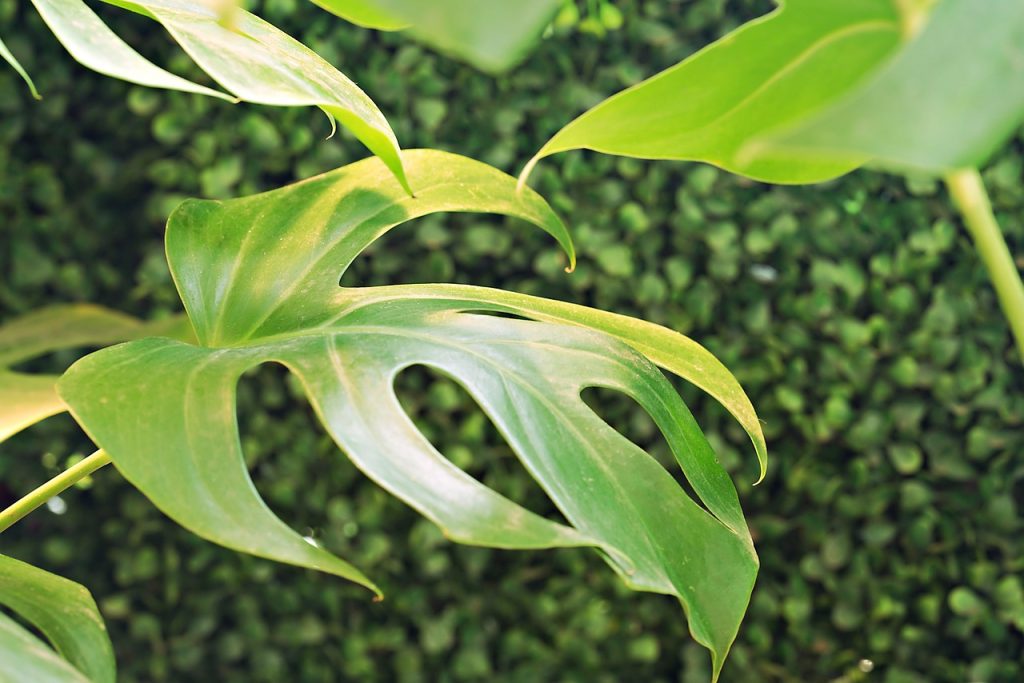Few indoor plants can match the dramatic flair and visual impact of the Wonders of the Monstera Plant. Known for its iconic split leaves, this tropical beauty has become a favorite among plant enthusiasts looking to transform their spaces into lush, green retreats. Whether you’re a seasoned plant parent or a curious beginner, the Monstera offers a fascinating journey into the world of indoor horticulture. Let’s dive into what makes this plant so unique and how you can successfully cultivate it in your home.
The Origin and Background of Monstera
The Monstera, often referred to as the Swiss Cheese Plant, hails from the tropical rainforests of Central America. Its natural habitat stretches from southern Mexico to Panama, where it thrives on the forest floor beneath the canopy of taller trees. This environment has shaped its distinctive features, such as its fenestrated leaves, which allow light to reach the lower leaves and help the plant withstand heavy rain and wind.

Appearance and Unique Features
The Monstera is best known for its large, glossy leaves, which can grow up to three feet long in optimal conditions. The characteristic holes and splits in the leaves are not just for show; they play a crucial role in the plant’s survival in its native habitat. These features reduce the risk of damage from high winds and heavy rainfall, allowing the plant to flourish even under challenging conditions.
Varieties of Wonders of the Monstera Plant
While the Monstera Deliciosa is the most common species in homes, several other varieties offer unique characteristics:
- Monstera Adansonii: Known for its smaller, more perforated leaves, this variety is often called the “Swiss Cheese Vine” due to its trailing nature.
- Monstera Obliqua: Extremely rare and highly sought after, this variety features very thin leaves with large holes, giving it a delicate appearance.
- Monstera Borsigiana: Similar to the Deliciosa but grows smaller and more compact, making it ideal for limited spaces.
Ideal Conditions for Growing Monstera
To keep your Monstera thriving, it’s essential to mimic its natural environment as closely as possible. Here are some key factors to consider:
Light Requirements
Monstera plants prefer bright, indirect light. Direct sunlight can scorch their leaves, while too little light can slow their growth. An east or west-facing window filtered through a sheer curtain works well to provide the right balance.
Soil and Water Needs
These plants thrive in well-draining soil. A mix of potting soil, peat moss, and perlite is ideal. When it comes to watering, the key is moderation. Allow the top inch of soil to dry out between waterings to prevent root rot.
Temperature and Humidity
Being tropical plants, Monsteras enjoy warm temperatures between 65-85°F (18-29°C) and high humidity. If your home is dry, consider using a humidifier or placing a pebble tray with water beneath the plant pot to increase moisture levels.
Planting and Propagation
Wonders of the Monstera Plant are relatively easy to propagate, making them a favorite for those looking to expand their plant collection or share with friends. Here’s how you can do it:
Propagation by Stem Cuttings
To propagate a Monstera, select a healthy stem with at least one node and aerial root. Cut just below the node and place the cutting in water or moist soil. With time and care, roots will develop, and you can plant your new Monstera in soil.

Seasonal Care Tips
While Monsteras are hardy, they do require some seasonal adjustments to thrive:
Spring and Summer
During the growing season, your Monstera will appreciate monthly feedings with a balanced, water-soluble fertilizer. Ensure it receives enough light and humidity to support its growth spurt.
Fall and Winter
Growth slows down in cooler months, so reduce watering and stop fertilizing. Keep it away from cold drafts and ensure it still receives adequate light.
Common Problems and Solutions
Like all plants, Monstera can face challenges, but with a little knowledge, you can manage these effectively:
Yellowing Leaves
This can be caused by overwatering. Ensure the plant is not sitting in water and that the soil is well-draining.
Brown Leaf Tips
This is often due to low humidity. Increase humidity around the plant with a humidifier or by misting the leaves regularly.
Pests
Common pests include spider mites and scale. Regularly inspect your plant and treat infestations with insecticidal soap or neem oil.
Real-Life Uses of the Monstera
Beyond its aesthetic appeal, the Monstera has practical uses as well. In its native regions, parts of the plant are used for weaving baskets and ropes. The fruit of the Monstera Deliciosa is also edible when ripe and is said to taste like a combination of pineapple and banana.

Monstera FAQ
| Question | Answer |
|---|---|
| Can Monstera grow in low light? | While they can survive in low light, Wonders of the Monstera Plant thrive in bright, indirect light. Low light will result in slower growth and smaller leaves. |
| How often should I repot my Monstera? | Repotting every two years is generally sufficient unless the plant outgrows its pot sooner. Choose a pot size 2 inches larger in diameter. |
| Is Monstera toxic to pets? | Yes, Monstera is toxic to pets if ingested, causing oral irritation and stomach upset. Keep it out of reach of cats and dogs. |